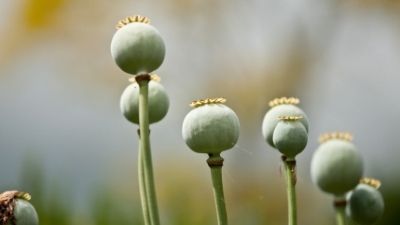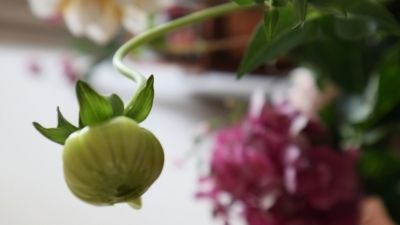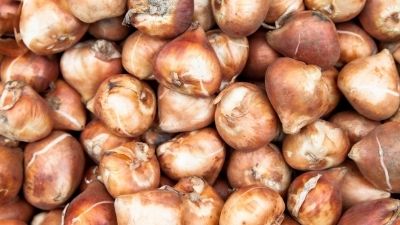How to Store Summer Flower Bulbs

Summer bulbs are planted in the spring, bloom in the summer and should be removed in the fall before it freezes. If they stay in the ground during winter, most will eventually die. These bulbs include tuberous begonias, cannas, dahlias and gladiolus.
Tuberous begonias are probably the weakest of the bulb group and must be dug and stored before the first frost. They start shivering in mid-September, and demand a blanket at the first hint of cooler temperatures. Gradually reduce their water, which will slow their growth and begin the hardening process. After the foliage has turned yellow, the stems should remove easily. If not, give them a few more days and the stems will eventually fall off on their own. Next, carefully dig the tubers and let them dry for several weeks in a warm location before putting them away for winter storage. Dahlias are a little hardier than begonias. Again, get them out of the ground and into the house before the first real frost. Freezing temperatures turn them black. Dahlias can be treated much like begonias, except their stalks refuse to detach on their own. Cut the stalk back to about 4 inches, remove the bulbs from the ground and let them dry. Do not worry about soil that clings to the bulbs. Gladiolas should be cut back to about 2 inches of stem, then left in the ground a few days to dry and harden off before being dug from the ground. Once they are out of the ground, treat them the same as dahlias. Cannas are the toughest bulb of this group. In fact, in protected areas such as next to a brick wall, fence or other heat-absorbing areas, they can stay put all winter. However, to ensure their survival, dig them up after the first frost has damaged their leaves and stems. Then cut them back, let them dry and they are ready for storage. To store summer bulbs, place them in a cool, dry location such as a storage room or cool basement. Optimal storage temperature is between 45 and 50 F. (Make sure they do not freeze.) Place dried bulbs in peat moss, vermiculite, sawdust or shredded paper in a ventilated box, then place a bowl of water with them to increase the humidity around the bulbs.
When properly stored, summer bulbs should be fine through the winter, but it is a good idea to check them occasionally to see how they are faring. With any luck at all, they will sleep through winter and be ready to beautify the garden next spring.
Authors
Jerry Goodspeed
Related Research





